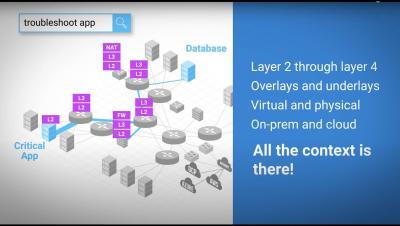The top 10 network security vulnerabilities for businesses in 2021
As per UK DCMS’s data breaches survey, about 32% of businesses in the UK have faced a form of cybersecurity threat between 2018 and 2019. As a result of these network security vulnerabilities, these businesses incurred costs on lost data and many other damages that totalled £4,180.











